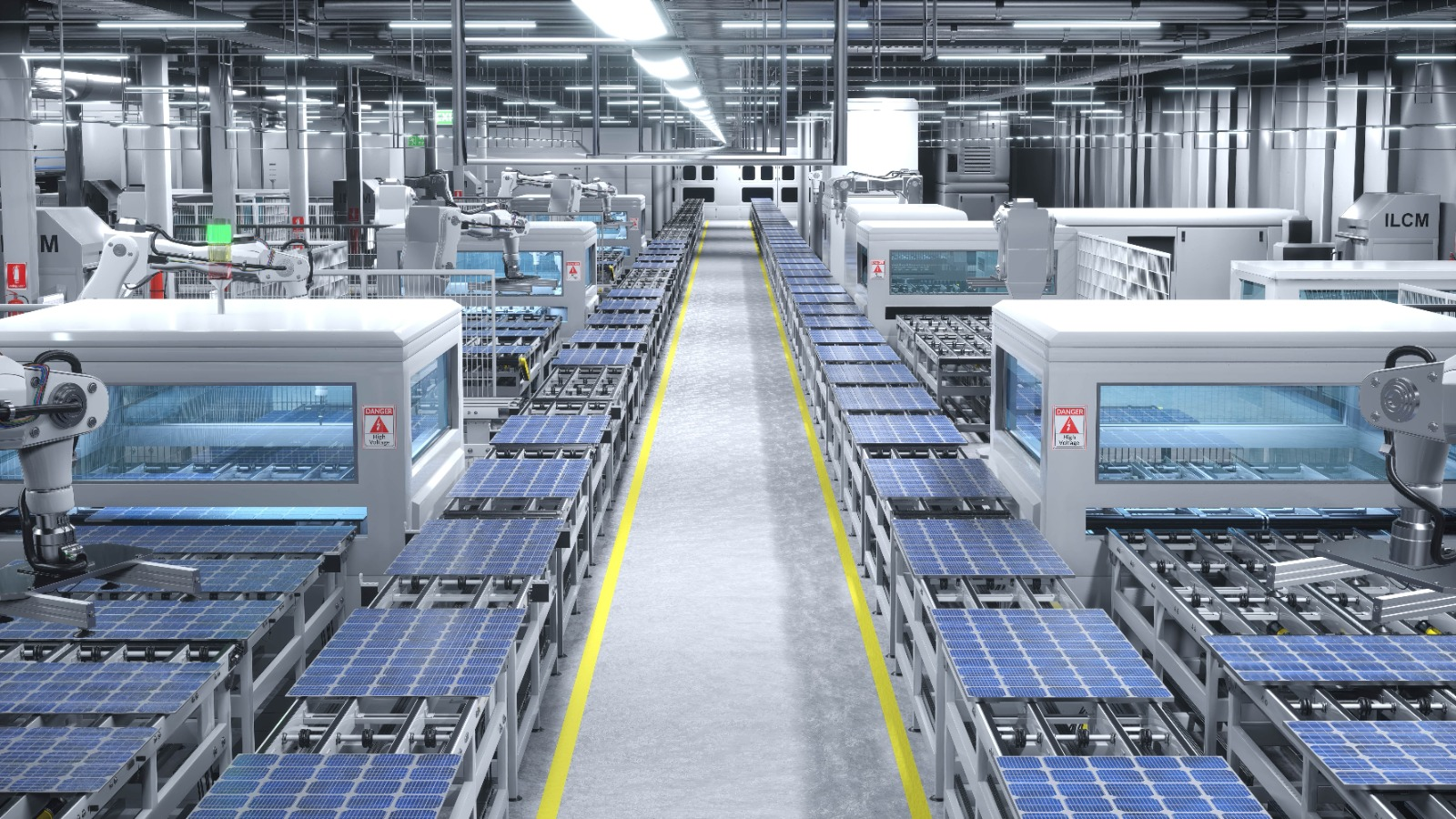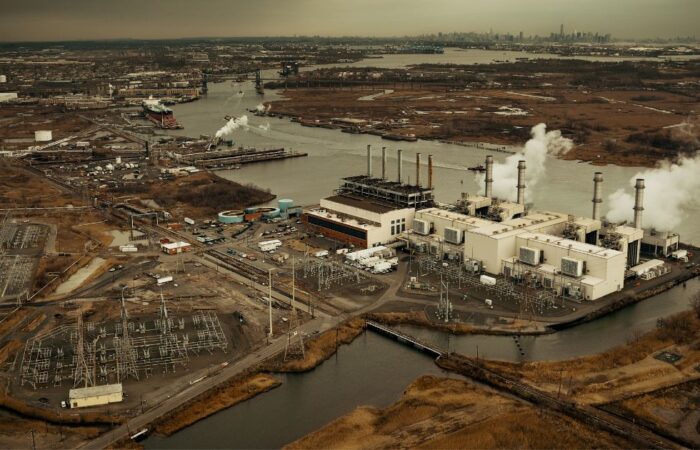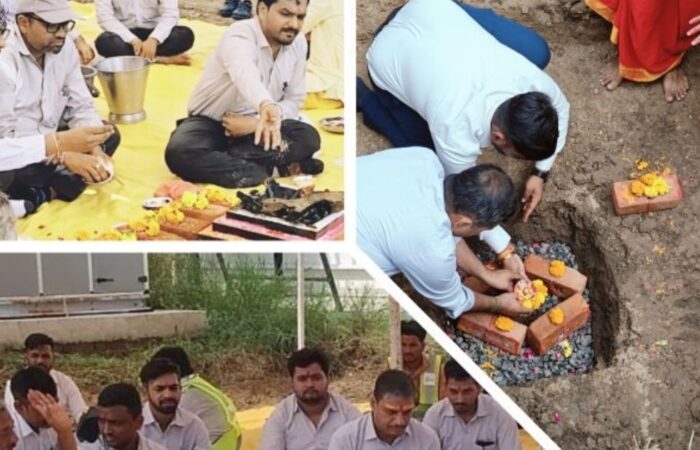Article#: DGC/ART/010
India’s solar manufacturing industry is evolving rapidly, driven by ambitious government initiatives and increasing global demand for sustainable energy. Setting up a solar factory requires meticulous planning, strategic decision-making, and adherence to regulatory frameworks. This blog explores the essential considerations for establishing a high-tech solar manufacturing facility in India.
- Site Selection and Infrastructure
Choosing the right location is crucial for optimizing operations and reducing costs. Factors to consider:
- Proximity to Raw Materials: Access to high-purity silicon, glass, and aluminum for panel production.
- Logistics & Transportation: Connectivity to ports, highways, and rail networks to ease the movement of goods.
- Power Availability: Reliable electricity supply, potentially supplemented by renewable sources like wind and solar.
- Land Acquisition & Regulations: Compliance with local land-use policies and environmental regulations.
- Technology & Manufacturing Processes
A solar factory must incorporate high-tech manufacturing processes to remain competitive. Key aspects include:
- Choice of Solar Cells: Polycrystalline, monocrystalline, or thin-film technology, depending on cost and efficiency.
- Automation & AI Integration: Robotics and IoT-enabled equipment for precision and efficiency.
- Quality Control & Testing: Implementation of stringent testing protocols for durability, efficiency, and safety.
- Government Policies & Incentives
The Indian government offers various incentives to boost solar manufacturing under initiatives such as:
- PLI (Production-Linked Incentive) Scheme: Financial incentives for manufacturers meeting specified efficiency and output targets.
- Import Substitutions & Duties: Encouraging domestic production by regulating imported solar components.
- Renewable Energy Zones: Special industrial parks designed to promote clean energy manufacturing.
- Supply Chain & Raw Material Sourcing
An efficient supply chain ensures cost-effectiveness and operational stability Consider:
- Domestic vs. Imported Materials: Evaluating the feasibility of sourcing components within India versus global suppliers.
- Strategic Supplier Partnerships: Establishing long-term agreements with reliable vendors.
- Circular Economy Practices: Recycling and reusing defective or unused materials to reduce waste.
- Environmental & Sustainability Considerations
Sustainable manufacturing is essential for long-term success. Priorities include:
- Waste Management: Proper disposal and recycling of hazardous materials.
- Water Conservation: Reducing water consumption in production processes.
- Carbon Neutral Goals: Offsetting emissions through renewable energy investments.
- Investment & Financial Planning
Solar manufacturing requires substantial capital investment. Strategies for financial stability:
- Government Grants & Private Funding: Exploring subsidies and investor partnerships.
- Cost Optimization: Efficient material usage and lean manufacturing techniques to minimize expenses.
- Market Expansion Plans: Diversifying into international markets to boost revenue streams.
Conclusion:
Setting up a solar factory in India is an opportunity to contribute to the nation’s clean energy transition while tapping into a growing market. With strategic planning, technological advancements, and sustainable practices, solar factory setup in India can enable manufacturers to establish high-tech, cost-effective production facilities. As the renewable sector continues to expand, investing in solar factory setup in India positions businesses to thrive in the country’s evolving energy landscape.






